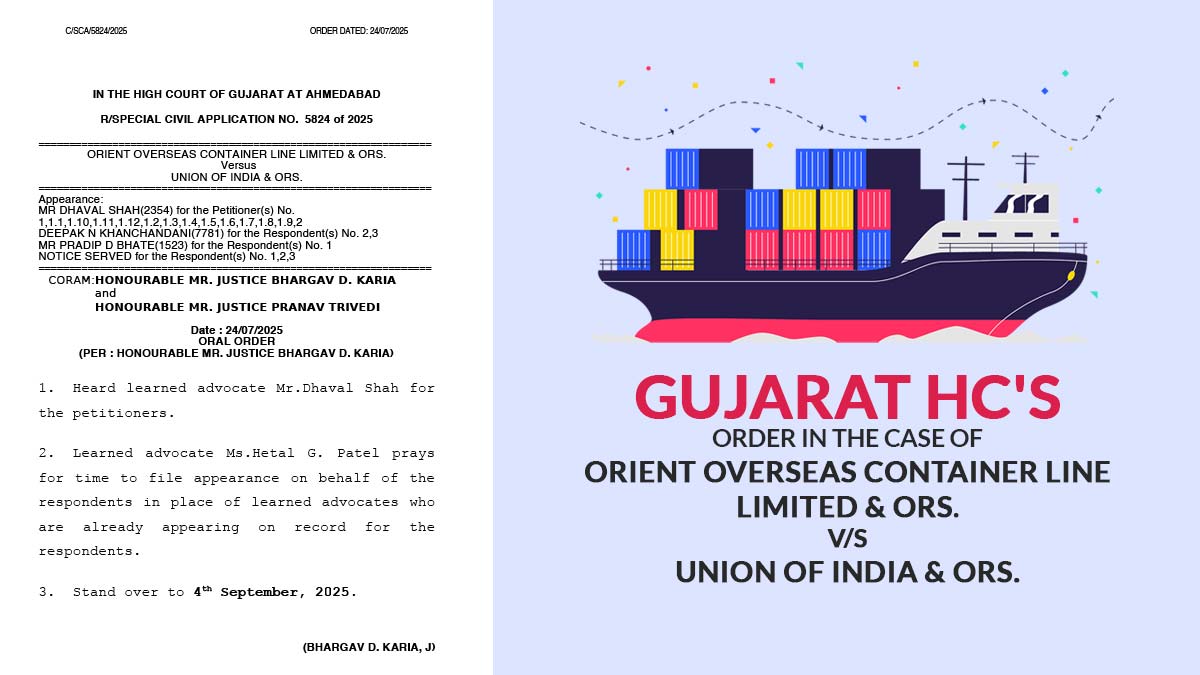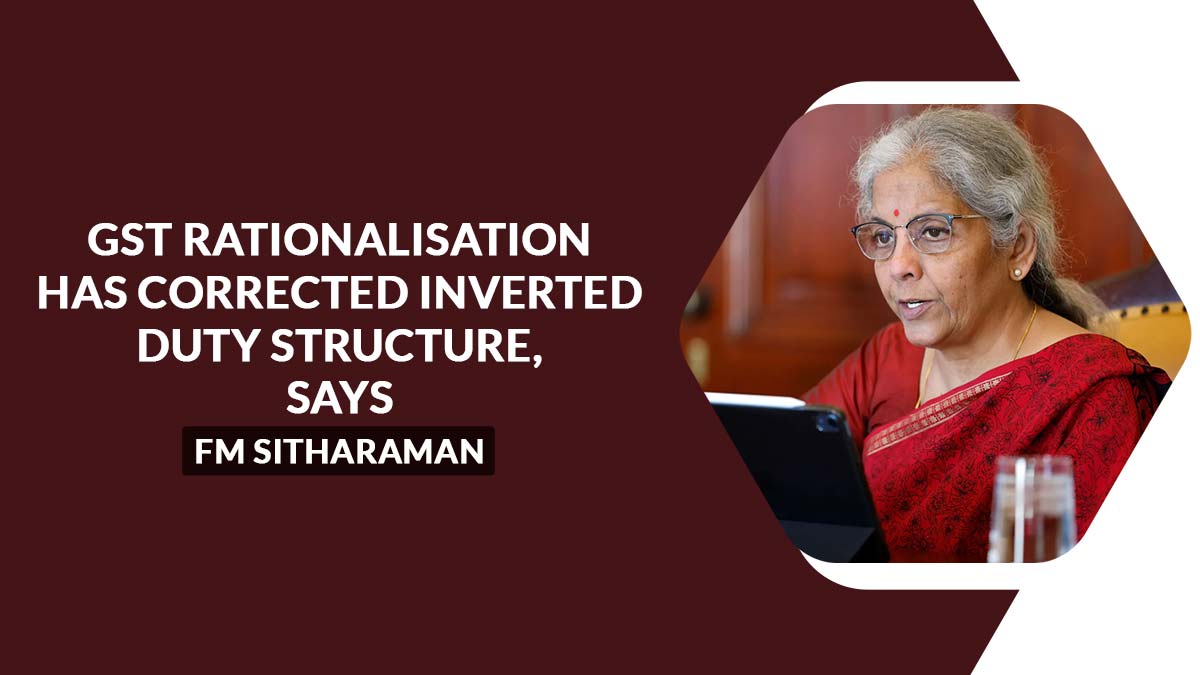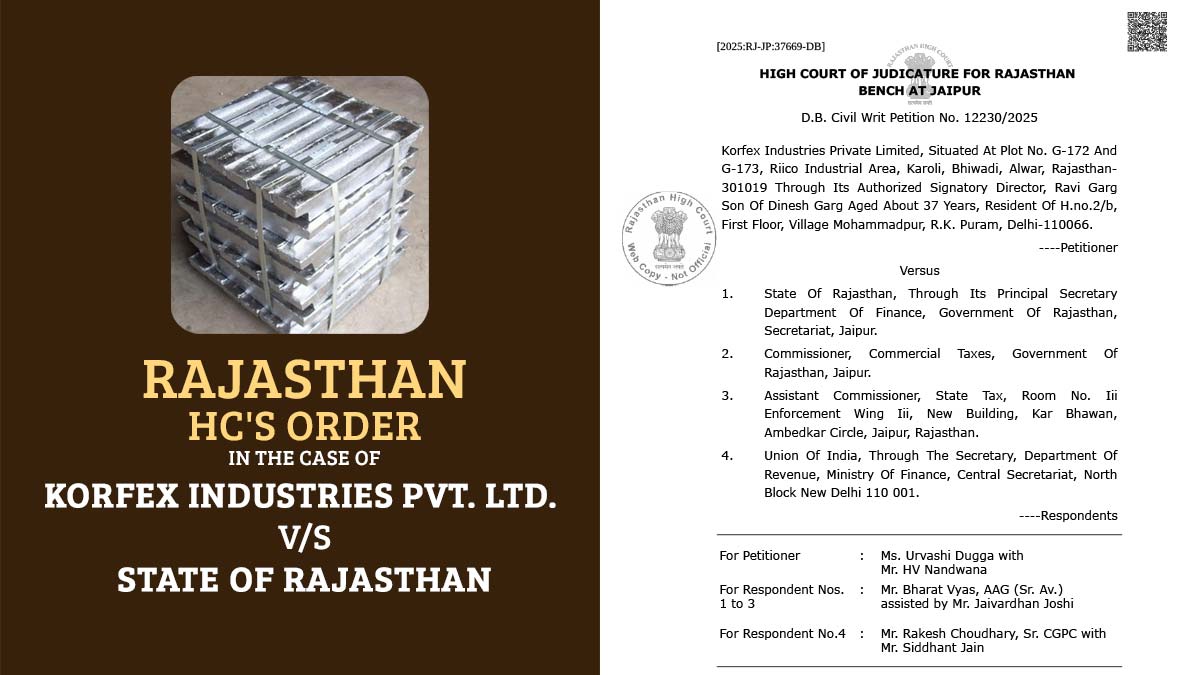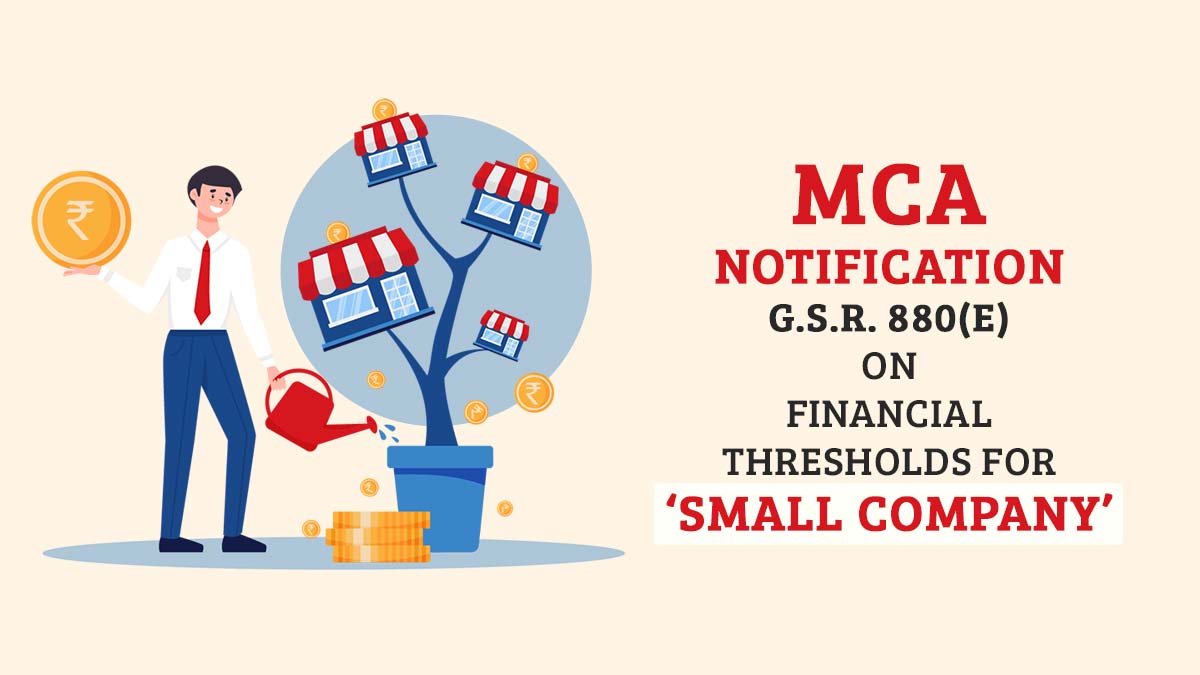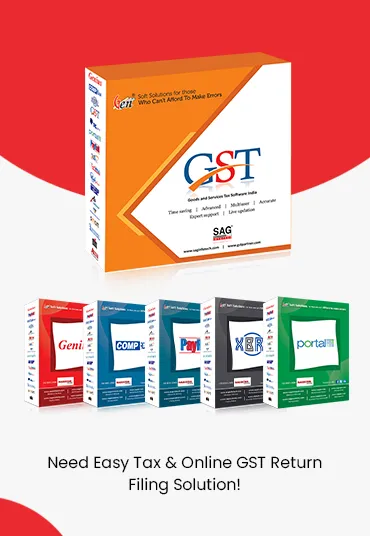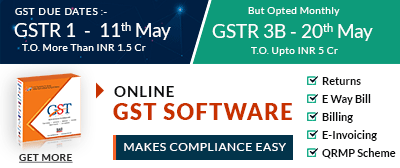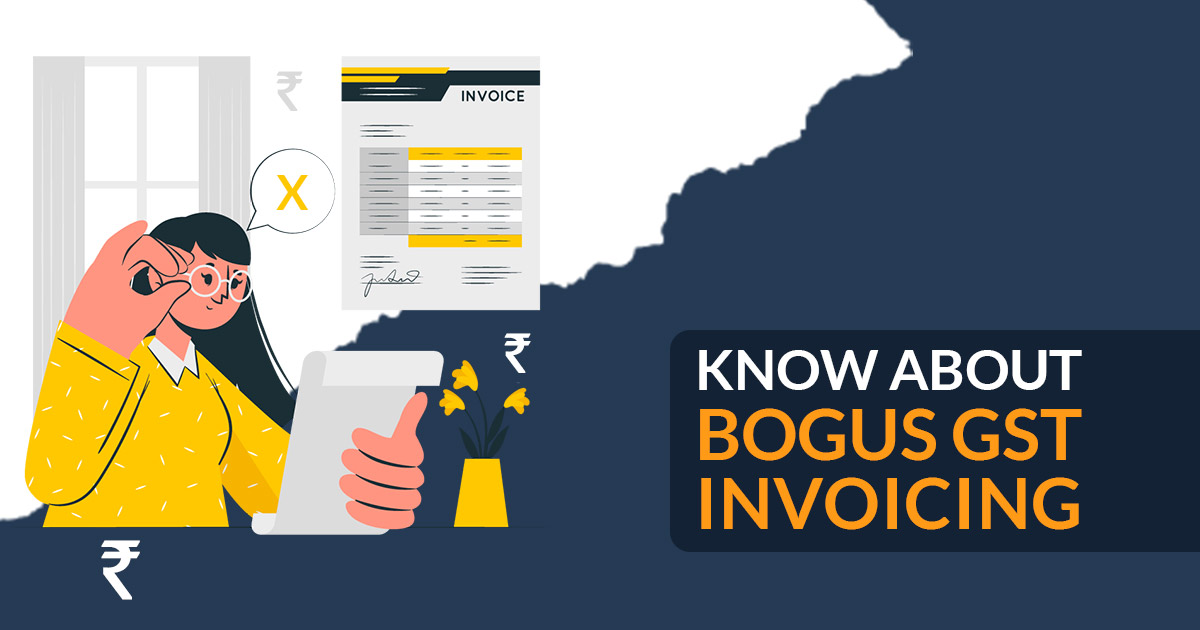
During the time when the government was facing less collection from the revenue in the pandemic times, moreover, the bogus cases also harm the financial term of the government and the ability to pay.
The FM Nirmala Sitaraman in the 2021-22 budget urged that the provisional attachment of the assets of those who are engaged in the bogus GST invoices exceeding Rs 2 cr.
Latest Update
- The Jharkhand High Court declined to dismiss the FIR against the INR.133 crore tax Evasion case due to the use of fake GST invoices. The petitioner, Anupam Kumar Pathak, filed a writ petition to stop the FIR as well as the entire illegal proceeding filed for the offences under sections 120B, 406, 420, 471 of the Indian Penal Code,1860 and Sections 132(1)(b), 132(1)(c), 132(1)(e), and 132(1)(f) of the JGST, 2017. Read more
“A new provision is being inserted in the Customs Act (section 114AC) to prescribe penalty in specific cases where any person claims refund of tax or duty discharge, using fraudulent invoices, on exports of goods,” added Nirmala Sitharaman.
The new procurement under section 114AC is executed in the GST Act with respect to the penalty for the bogus usage of the ITC in availing the refund. The same act held that “Where any person has obtained any invoice by fraud, collusion, willful misstatement or suppression of facts to utilize input tax credit based on such invoice for discharging any duty or tax on goods that are entered for exportation under a claim of refund of such duty or tax, such person shall be liable for a penalty not exceeding five times the refund claimed.”
Every enrolled business beneath GST should provide the invoices that consist of the valid GSTIN and moreover mention the split of the IGST, CGST, and SGST, as well as the other important fields stated under the GST invoice laws. Thus, if any information needed in the typical GST invoice is not mentioned, then it is said to be a bogus invoice.
For Instances:
- If the trader provides the GST invoice on 1/1/2019, excluding the GSTIN on the Form
- If the business is not being enrolled beneath GST but practices the wrong GSTIN on the invoices and imposes GST, then it is not a correct invoice as the tax furnished will not be furnished to the government
- If the supply concerned to which the invoices that are needed to be provided has not been taken place, or only an invoice is given and no physical goods or services are supplied
While the above points 1 and 2 might be done unintentionally whereas point 3 is executed with the invoices are being furnishing an intention. The major purpose behind the bogus invoicing is seen to be that they need to pass and claim the fake input tax credit to handle the Income-tax and outward GST liability. The main goal of the assessee beneath the issuing of the bogus invoicing might consists of:
- The claim of the rest ITC upon bogus invoices through the recipient.
- GST theft and income tax, and then divert the funds from the firms.
- To avail of the GST refund for exporters.
- The dept also introduced an SOP (Standard Operating Process for how to detect & tackle bogus GST invoices.
Some red alerts that could be commented to be leading to the identification of the generator and user of the bogus invoices can be listed as:
- Multiple registrations on the one address and one PAN
- Some common enrollment information, such as email, mobile no’s, address, authorised signatories, promoters for various GSTINs
- The wrong and bogus address was provided on the GST portal on taking the enrollment
- The mismatch between the volume of the goods transacted as well as the e-way generated
Post identification of the user of bogus invoices and generators, the examination of the campus is to be developed for determining the actual goods or services supplied by the supplier and to accumulate details relevant to the bogus invoices.
Post investigation of the originality of the supplier who has generated the bogus invoices and the purchaser who has used the invoices to seek the advantages. If the fake invoices are proven, then the actions mentioned below will be adopted by the council:
- Refusal of GST registration
- GSTIN of this supplier indicates the bogus invoices or any additional fakes, and this shows that the purchaser who avails the credit upon the bogus invoices receives an automatic alert for another verification through the officer
- ITC claimed that the bogus invoices are to be recovered or reversed
Some measures obtained by the GST authorities to restrain GST bogus invoicing scams:
- The Aadhar verification and physical verification process will be mandatory at the time of providing the GST enrollment
- Tools such as Artificial intelligence and data analysis tools are being used by the government to determine the business supply and purchasing patterns, and determine any evasion
Penalty Procurement Imposed on Fake GST Invoicing
To restrain the fake cases, the Finance Act 2020 has brought down a change in the penalty plan of Sections 122 and 132 of the CGST Act as well as the start of Section 271AAD in the Income Tax Act tribunal, wef 1/04/2020.
New Subsection (1A) in Section 122 of the CGST Act with Penalty
- Equal to the amount of tax theft or ITC claimed.
Amendment to Section 132 of the CGST ACT
Prior to the revision, only the individual who has committed the crime is entitled to punishment, but now whosoever acts, causes to commit, and indeed who curbs the advantages revealing out of the crimes are entitled to punishment.
Section 132 offences which consist of the bogus invoicing post revision-
- Supplies of goods or services or both, excluding any issue of the invoices in against the plan of this act or the rules made for the purpose of theft tax.
- Issues any invoices excluding the supply of the goods or services or both for breaking the law, or the guidelines under which the usage of the ITC or tax refund is claimed.
- Claims the ITC by using the invoice or bill referred to the section (b) or fraud claims ITC, excluding any invoice or bill.
- Accumulated the tax amount while unable to furnish the government beyond the duration of 3 months from the date when these payments were left.
- Theft the taxes or taking the refund in the wrong way, where these crimes are not covered under the clauses (a) to (d);
- Quantum of punishment: Cognizable and Non-bailable taking towards Imprisonment
Sec 271AAD of the Income Tax Act
Penalty under the section for the income tax will be implemented in addition to any other penalty on the taxpayer.
The penalty can be levied only when recognised through any proceedings in the Income Tax Act, that is the assessment, reassessment, research or review, or any other proceedings.
What is the Duration of the Penalty When Imposed on?
- When the AO determines that in someone’s records there is
- A bogus entry or an error of any entry which is applicable for the calculation of the total income of these individuals to theft the tax liability,
What is the Amount of the Penalty?
A sum equivalent to the average amount of this bogus or barred entry. Discretionary power is held within the assessing officer to impose the penalty.
Who Comes Under it?
Not only the individual but any other individual who makes the primary person to make the bogus entry will be entitled to receive the same penalty.
Fake Entry with Utilisation of Intention to Use
- Falsely build credentials like invoices or fake pieces of documentary proof
- Invoices relevant to the supply or the receipt of the goods or services or both, furnished by the individual or any other individual without a proper supply of the goods or services or both
- The invoices towards the supply or the receipt of the goods or services or both given through the individual who does not live
- Moreover, in Section 270A it gives a penalty of 200% of the tax evaded for the case of wrongly displaying the income
- Thus if the company receives bogus invoices of Rs 50,000,00 excluding any real supply of the goods or services and avails advantage upon income tax on the same, the amount of penalty will be U/S 271 AAD of Rs 50,000,00 along with the 200% of the tax theft U/S 270A of Rs 30,000,00 (estimating tax of 30 percent) i.e. Rs 80 lakh (exceeding than the value of the fake invoice)




